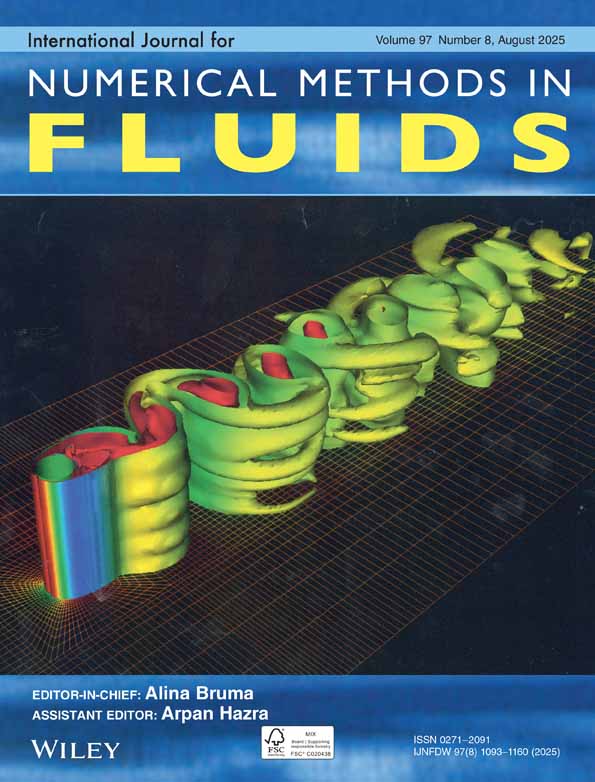A hybrid FVM–LBM method for single and multi-fluid compressible flow problems
Abstract
The lattice Boltzmann method (LBM) has established itself as an alternative approach to solve the fluid flow equations. In this work we combine LBM with the conventional finite volume method (FVM), and propose a non-iterative hybrid method for the simulation of compressible flows. LBM is used to calculate the inter-cell face fluxes and FVM is used to calculate the node parameters. The hybrid method is benchmarked for several one-dimensional and two-dimensional test cases. The results obtained by the hybrid method show a steeper and more accurate shock profile as compared with the results obtained by the widely used Godunov scheme or by a representative flux vector splitting scheme. Additional features of the proposed scheme are that it can be implemented on a non-uniform grid, study of multi-fluid problems is possible, and it is easily extendable to multi-dimensions. These features have been demonstrated in this work. The proposed method is therefore robust and can possibly be applied to a variety of compressible flow situations. Copyright © 2009 John Wiley & Sons, Ltd.




